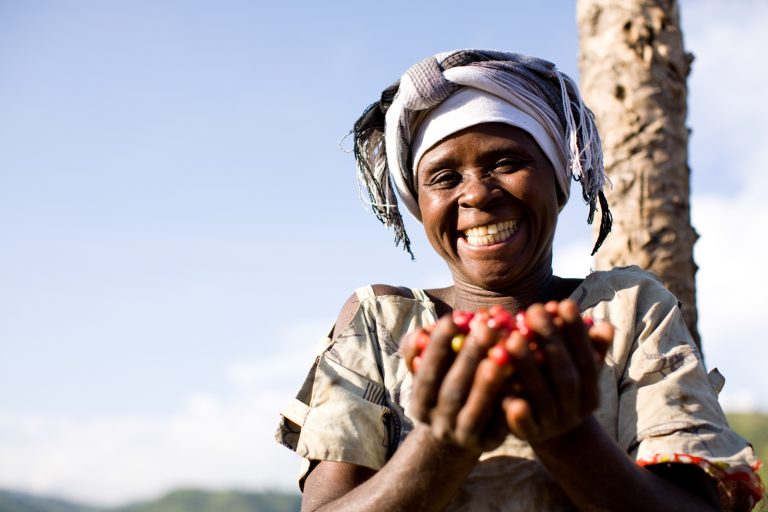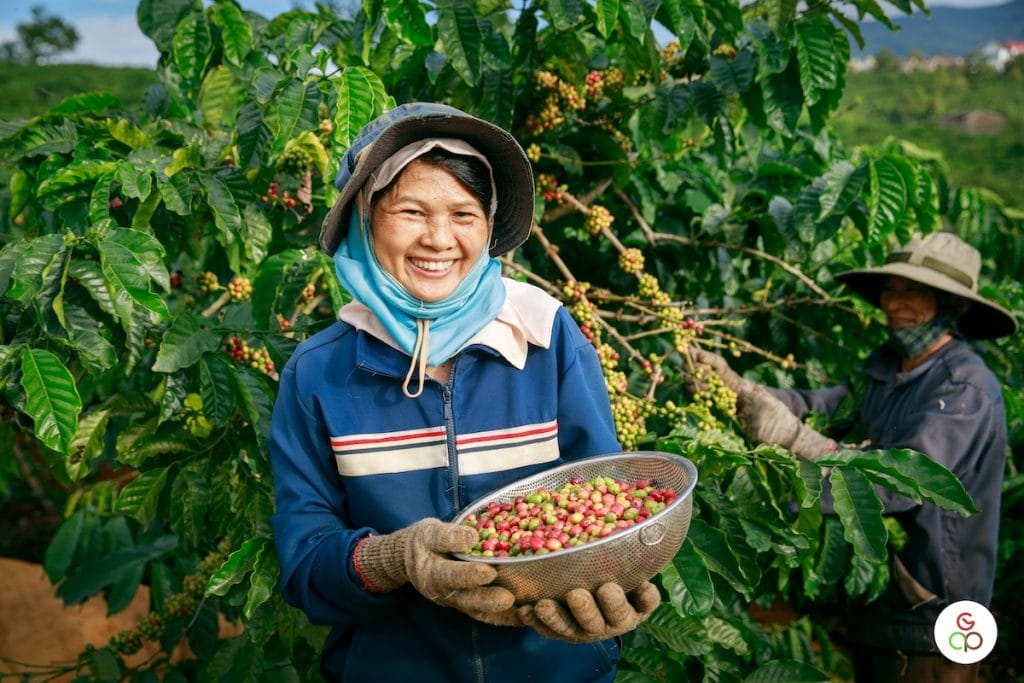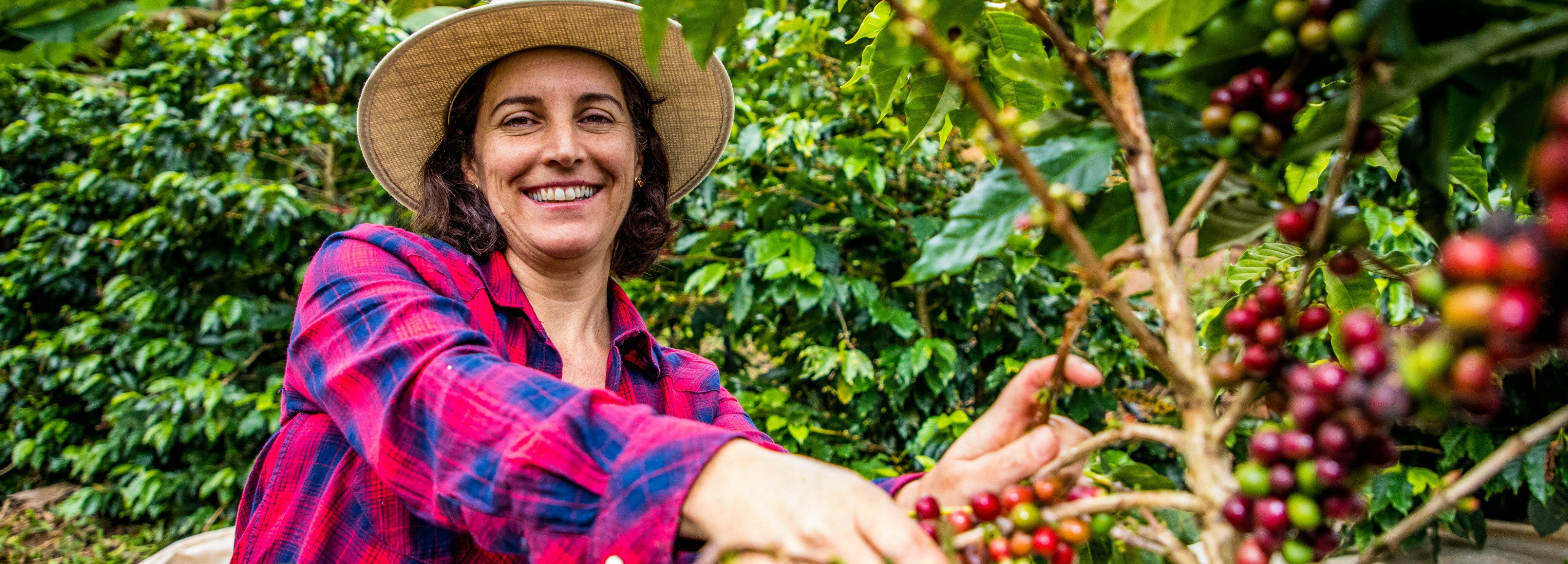
In 2012, Starbucks reported its average price for green beans was $2.56 per pound. However, that is the price it paid to the broker, not to the farmer. After backing out shipping, insurance, importer and exporter and mill costs, that price would be closer to $2.20 paid per pound to the farmer. By 2014, Starbucks was only paying $1.72 to the broker (maybe $1.36 to the farmer). By paying the lower amount, Starbucks took $387 million out of the farmers’ pockets.
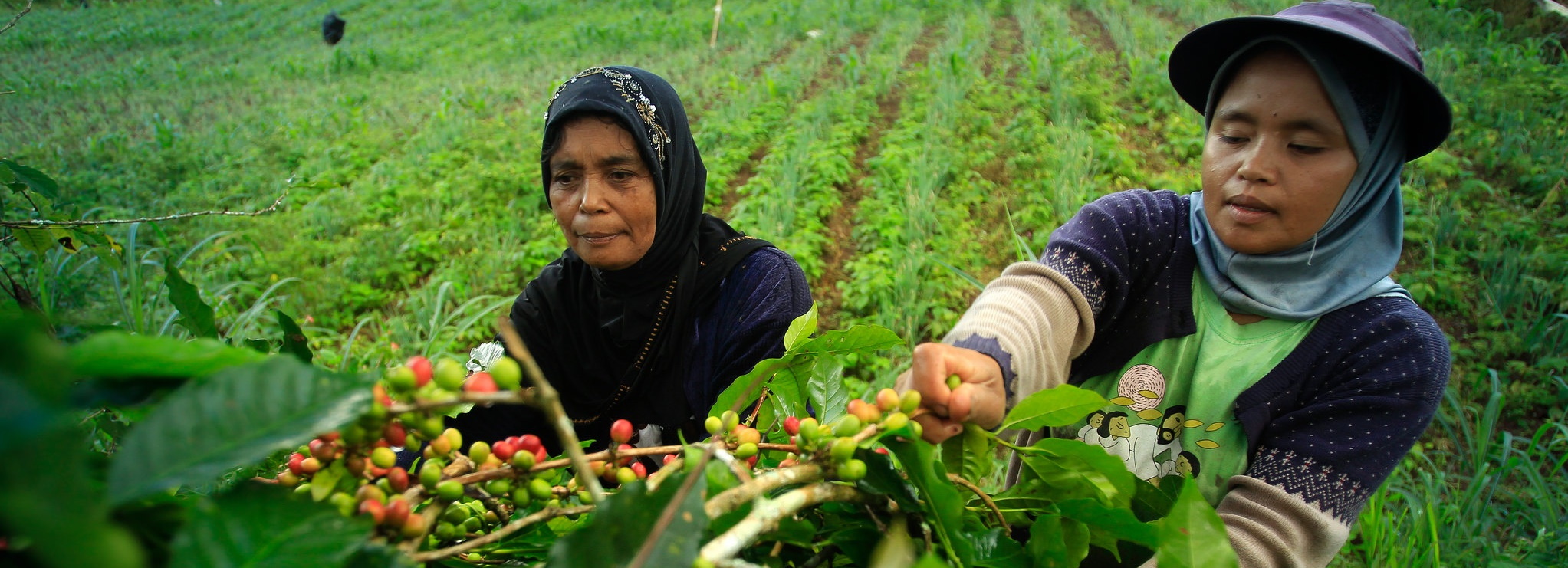
So, who is winning this game? Not the farmers, not the public and not the environment. Instead of paying enough to support the farmers, large and small coffee companies contribute lesser amounts to nonprofits for clean water, health and environmental projects under the banner of "corporate sustainability." If coffee companies really want to fight the difficulties facing coffee farmers and the environment, they should just pay up. If Starbucks returned to its 2012 broker and farmer prices, it nearly would double family income on most small farms.
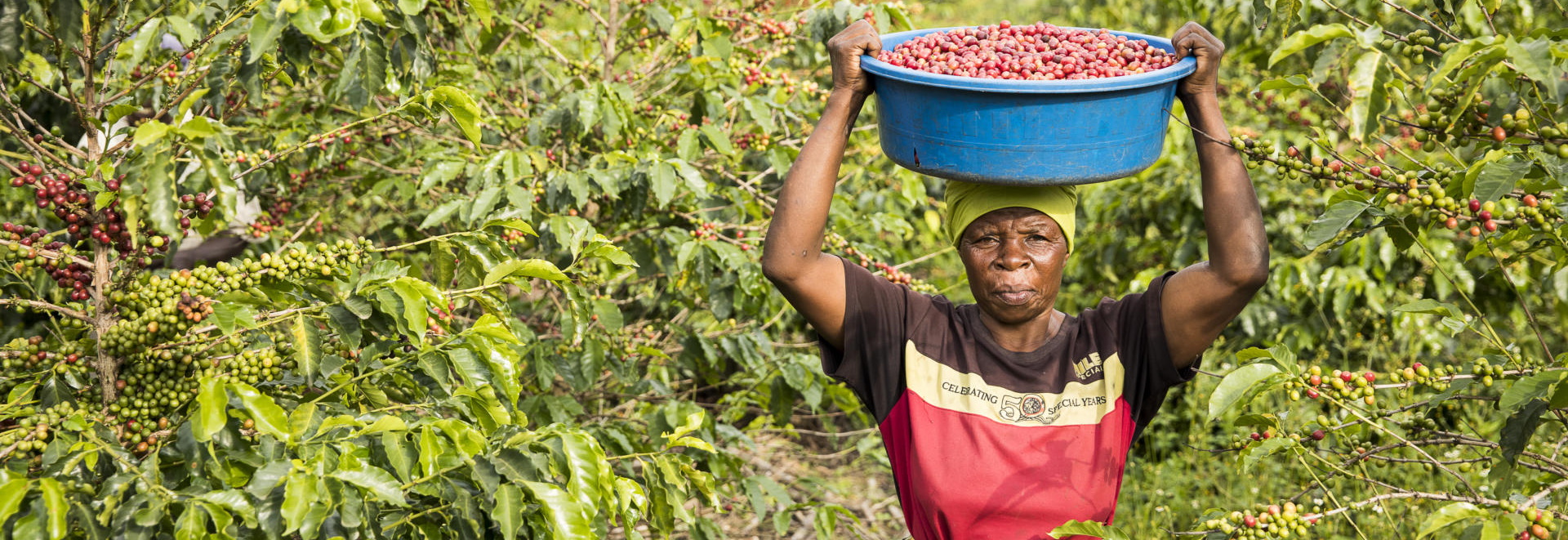
As an industry, we have lived long and well by treating farmers just like coffee. We see them as fungible commodities instead of true partners in the success of our businesses who are integral to effective adaptation to climate change and other issues of the day. The days of maximizing profits without seriously incorporating farmers’ concerns that bind us all together are over. It is time to pay up.
